blue stone pool deck
holly6
14 years ago
Featured Answer
Comments (18)
poolguynj
14 years agolast modified: 9 years agojmck_nc
14 years agolast modified: 9 years agoRelated Professionals
Rancho Cordova Swimming Pool Builders · Harvey Landscape Architects & Landscape Designers · Wakefield Landscape Contractors · Bound Brook Landscape Contractors · Brookline Landscape Contractors · Concord Landscape Contractors · Long Branch Landscape Contractors · Monterey Landscape Contractors · Natick Landscape Contractors · Northbridge Landscape Contractors · Markham Landscape Contractors · Chandler Decks, Patios & Outdoor Enclosures · Green Bay Decks, Patios & Outdoor Enclosures · Richmond Decks, Patios & Outdoor Enclosures · Riverside Decks, Patios & Outdoor Enclosuressbedelman
14 years agolast modified: 9 years agopoolguynj
14 years agolast modified: 9 years agosbedelman
14 years agolast modified: 9 years agoholly6
14 years agolast modified: 9 years agoMongoCT
14 years agolast modified: 9 years agosbedelman
14 years agolast modified: 9 years agoMongoCT
14 years agolast modified: 9 years agosbedelman
14 years agolast modified: 9 years agoMongoCT
14 years agolast modified: 9 years agosbedelman
14 years agolast modified: 9 years agosbedelman
14 years agolast modified: 9 years agobarefootchris
9 years agolast modified: 9 years agokdittus
9 years agoCarroll Mathews
7 years agojkayepierce826
6 years ago
Related Stories
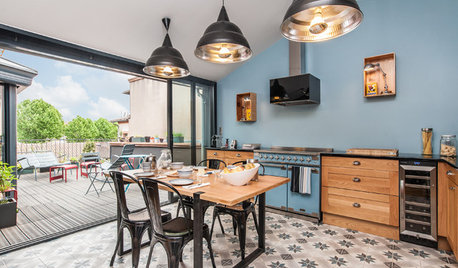
COLORColor of the Week: Watery Blue Is Summer's Best Hue
See how to bring the soothing colors of the sea into your home
Full Story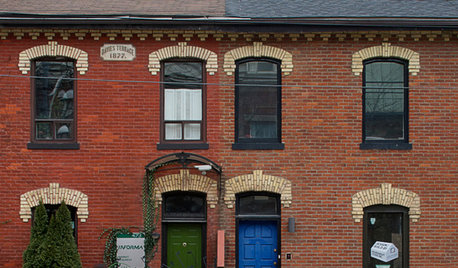
FRONT DOOR COLORSFront and Center Color: When to Paint Your Door Blue
Who knew having the blues could be so fun? These 8 exterior color palettes celebrate sunny-day skies to electric nights
Full Story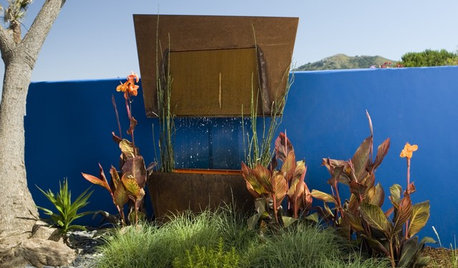
COLORRelax and Reflect in a Blue Landscape
Find sanctuary by introducing this well-loved hue outside
Full Story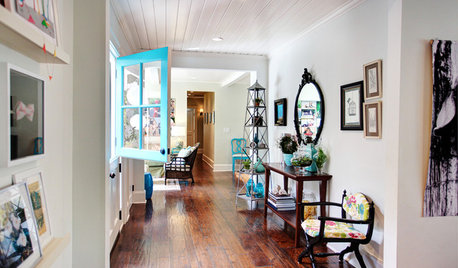
COLORCatch a Splash of Ocean Blue This Summer
Dip a toe into cobalt or take on turquoise at full blast for rooms that soothe, energize and feel as breezy as the beach
Full Story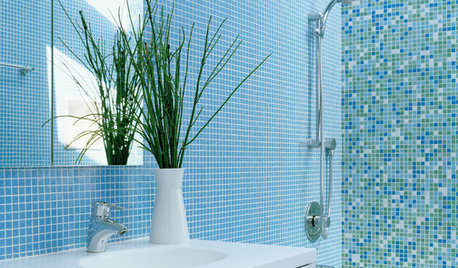
COLORBathed in Color: When to Use Blue in the Bath
Look skyward or to the waters in nature for a soothing, spa-like bathroom
Full Story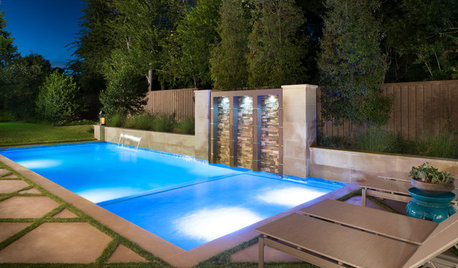
GREAT HOME PROJECTSHow to Replaster (or Remodel) Your Pool
Have an old pool? It could be time to update the plaster, landscaping and more for a pool that works swimmingly with your current style
Full Story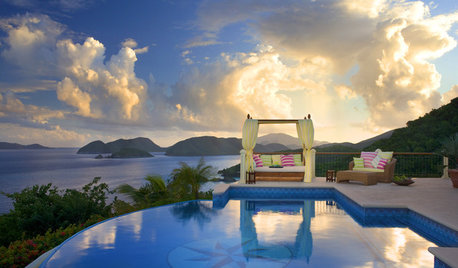
GARDENING AND LANDSCAPING19 Spectacular Pools Near and Far
These incredible infinity pools, heavenly oceanside pools and luxurious lap pools around the world have unmatched allure. Take a dip
Full Story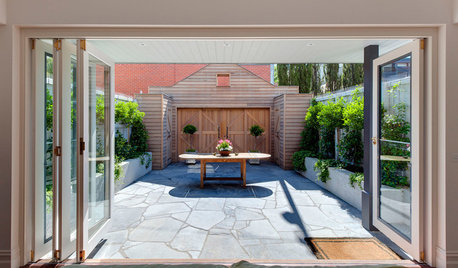
LANDSCAPE DESIGNHow to Pick the Right Paving and Decking Material
Once you’ve got the walls or fences of your garden figured out, it’s time to consider the ground surface or floors
Full Story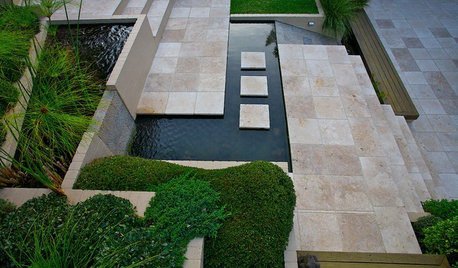
PATIOSLandscape Paving 101: Travertine Keeps Its Cool in Warm Climates
Travertine is a gorgeous paver for a pool surround
Full Story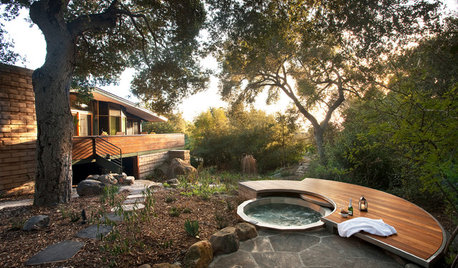
GARDENING AND LANDSCAPING12 Naturally Beautiful Hot Tubs
Prefer a no-plastic look for your patio or yard? Wood, stone and concrete make these hot tubs fit right in with nature
Full StoryMore Discussions






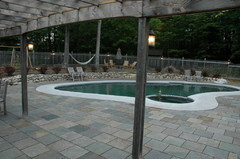
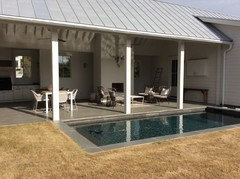
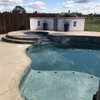
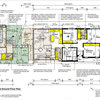

sbedelman